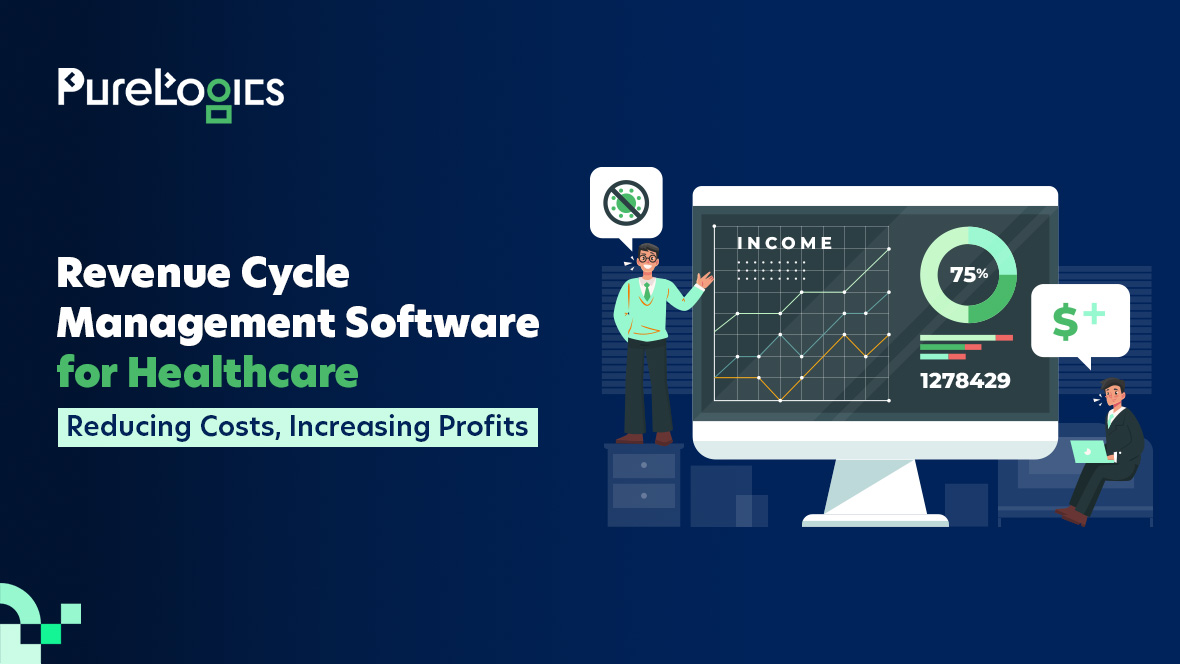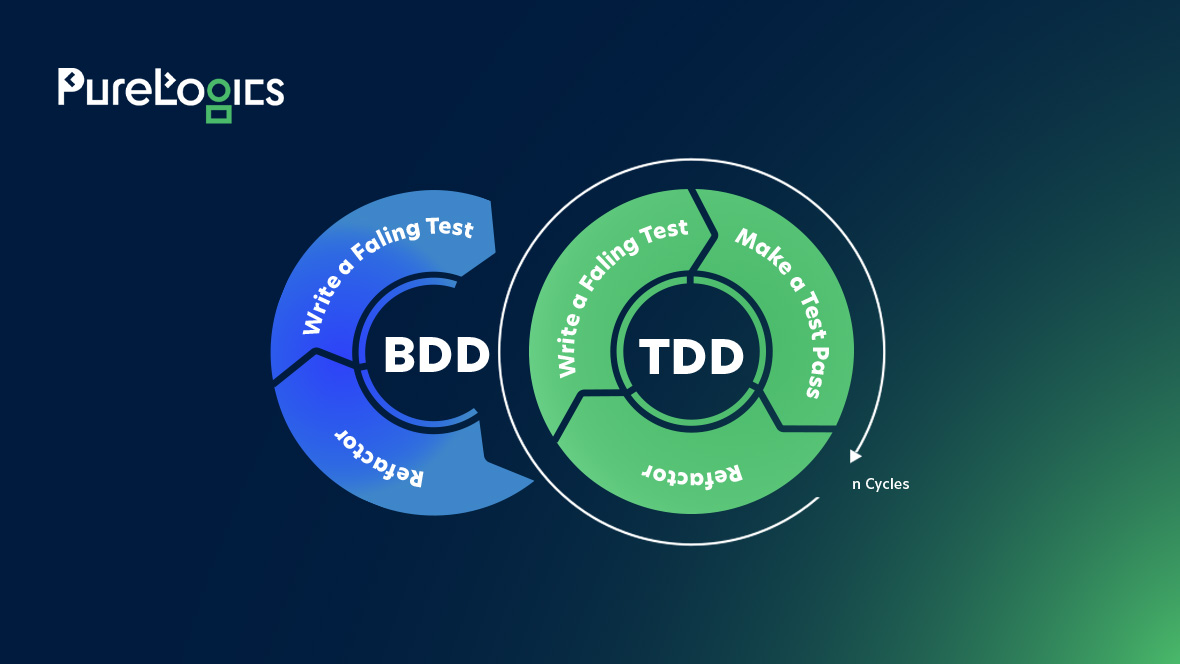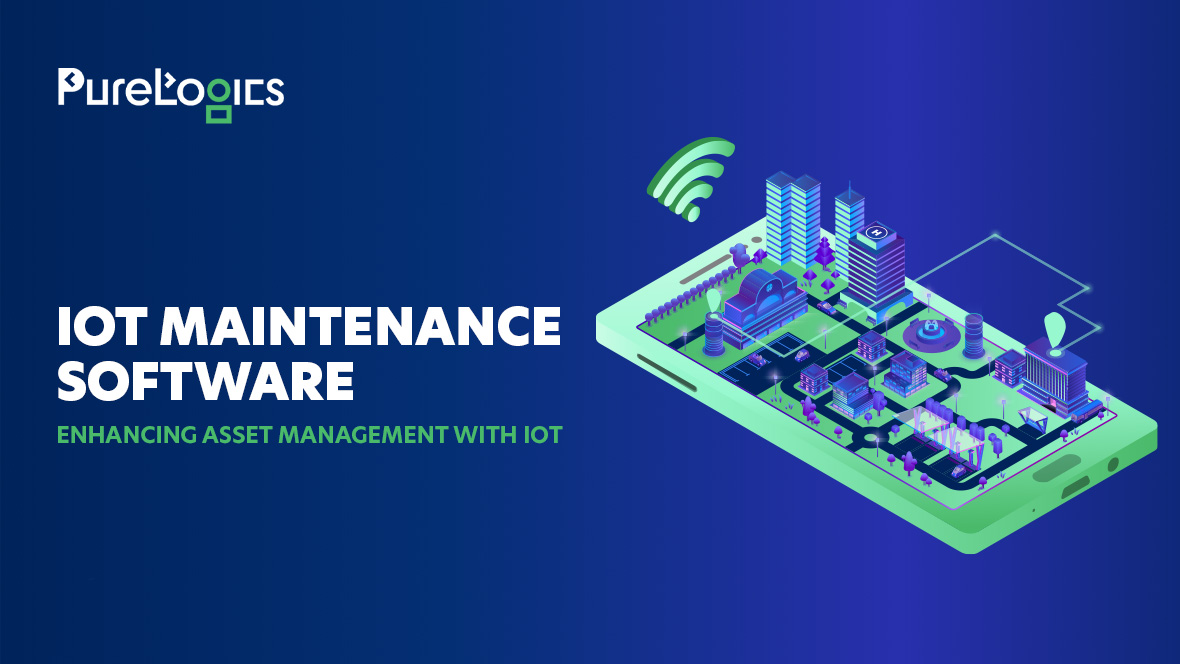Over the last century, global temperatures have increased by about 1.2°C. This has led to melting ice caps at a faster rate, causing a 20-centimeter rise in sea levels and increasing the severity and frequency of intense weather events. The high use of energy is among the root causes of global warming.
Green computing, or Green IT, is a concept that has come out as a reliable response to this serious concern. Green computing aims to reduce the IT sector’s impact on the environment. It focuses on saving energy and lowering environmental harm in the design and use of computer chips, software, and systems.
This blog post explores the principles of green computing and spotlights some practical steps to implement green computing. It also gives a glimpse of the bright future of green computing. So, without any further ado, let’s embark on the topic with a brief explanation of the evolution of green computing.
The Evolution of Green Computing
Green computing began in the early 1990s when people started focusing on the energy use of computers. As personal computers became common, energy efficiency became important for manufacturers and users alike.
In 1992, the U.S. Environmental Protection Agency launched the Energy Star program. This initiative encouraged the creation of energy-efficient computers and aimed to cut down power usage.
Over the years, the concept of green computing expanded beyond energy efficiency to include sustainable manufacturing practices, such as the use of recyclable materials and the reduction of hazardous substances in electronic devices. The growing awareness of e-waste and its environmental consequences further propelled the evolution of green computing, encouraging both companies and consumers to adopt more sustainable practices.
Key Principles of Green Computing
Green computing involves using technology in an eco-friendly way. It focuses on sustainable practices to reduce environmental impact. Understanding these principles is essential for individuals and organizations looking to reduce their environmental impact:
Energy Efficiency: The primary goal of green computing is to minimize energy consumption. This can be achieved through energy-efficient hardware, optimizing software to reduce processing power needs, and implementing power management techniques.
Sustainable Manufacturing: Manufacturers are encouraged to use sustainable materials and processes that minimize waste and pollution. This means creating products that can be recycled easily and using renewable materials.
E-Waste Management: As technology advances, older devices often end up in landfills, contributing to e-waste. Green computing advocates for responsible recycling and disposal practices, encouraging users to donate or recycle outdated equipment.
Virtualization: Virtualization technologies allow multiple virtual machines to run on a single physical server, reducing the number of physical devices needed. This saves energy and makes better use of resources.
Cloud Computing: Moving to cloud computing lowers the need for physical hardware on-site. This helps in using resources more effectively. Cloud providers often employ advanced energy management systems to enhance overall efficiency.
Telecommuting: Promoting remote work can significantly reduce the carbon footprint associated with commuting. Companies that embrace telecommuting not only save energy but also improve employee satisfaction.
Build a Greener Future with Technology
Adopt sustainable manufacturing, e-waste management, and virtualization for a cleaner tomorrow.
Benefits of Green Computing
Adopting green computing practices offers numerous benefits for individuals, organizations, and the environment. Here are the key advantages of implementing green computing:
Environmental Benefits
By minimizing energy consumption and promoting sustainable practices, green computing helps reduce greenhouse gas emissions. This is crucial in combating climate change and protecting natural resources.
Cost Savings
Using energy-saving technologies can help save a lot of money. Businesses that invest in green computing practices often see lower utility bills, reduced equipment costs, and potential tax incentives.
Enhanced Reputation
Organizations can fortify their brand reputation by paying attention to sustainability. Consumers are increasingly choosing brands that demonstrate environmental responsibility, making green computing a valuable marketing asset.
Improved Performance
Energy-efficient systems are built using advanced technologies that boost performance. This means that organizations can benefit from faster processing times and increased productivity while reducing their environmental footprint.
Practical Steps to Implement Green Computing
For individuals and organizations looking to adopt green computing practices, there are several actionable steps to consider:

Energy Audit: Assess the energy consumption of your IT infrastructure and identify areas for improvement. Tools and services are available to help analyze energy use and provide recommendations.
Energy-Efficient Hardware: When upgrading or purchasing new equipment, look for devices with the Energy Star label or similar certifications. Opt for laptops over desktops whenever possible, as they generally consume less power.
Power Management: Encourage users to activate power-saving modes on their devices. Setting computers to sleep after periods of inactivity can significantly reduce energy consumption.
Recycling Initiatives: Establish a recycling program for outdated technology within your organization. Partner with certified e-waste recyclers to ensure responsible disposal of electronic devices.
Virtualization & Cloud: Explore virtualization technologies and cloud services to optimize resource utilization and reduce hardware requirements.
Remote Work Advocacy: If feasible, allow employees to work from home. This not only reduces the environmental impact of commuting but can also lead to increased productivity.
Tech Smarter, Not Harder
Drive efficiency and reduce your carbon footprint with green computing strategies.
The Future of Green Computing
As the demand for technology continues to grow, so too will the need for sustainable practices in the tech industry. Here are some trends to watch:
AI and Machine Learning
Artificial intelligence & machine learning are becoming integral in optimizing energy usage and improving resource management. These technologies can help organizations analyze data to identify inefficiencies and recommend sustainable practices.
Renewable Energy Integration
The integration of renewable energy sources, such as solar and wind, into data centers and tech operations will become increasingly prevalent. This shift not only minimizes dependency on fossil fuels but also boosts overall sustainability parameters.
Circular Economy Practices
A move towards a circular economy—where products are designed for reuse, repair, and recycling—will redefine how technology is manufactured and consumed. Embracing circular practices can significantly reduce waste and resource consumption.
Policy and Regulation
Governments and regulatory bodies are likely to implement stricter guidelines surrounding e-waste management, energy consumption, and sustainable practices. Organizations must pay attention to the evolving regulations so that they remain compliant as well as competitive.
Final Remarks
Green computing is no longer just an option; it is a necessity in the fight against climate change. By adopting sustainable practices and embracing innovative technologies, individuals and organizations can significantly reduce their environmental impact. As we move forward, it is crucial that we prioritize sustainability in our tech practices to ensure a healthier planet for future generations.
The time to act is now. Contact PureLogics today to get a free 30-minute consultation!


 [tta_listen_btn]
[tta_listen_btn]
 December 16 2024
December 16 2024






